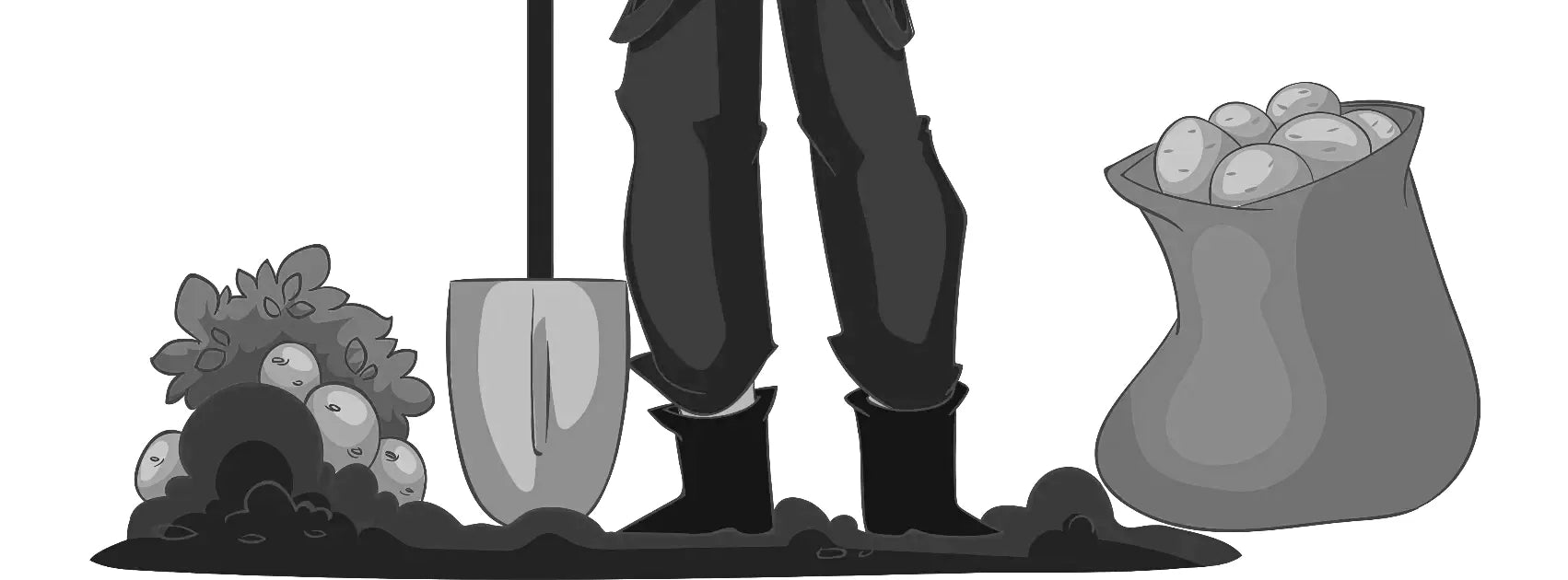
Starvation Survival Secrets: Can You Grow Food Quick Enough?

Well, my dear reader, the answer is not so straightforward. The human body is a complex machine, and the time a person can survive without food and water can vary depending on several factors, including age, health, and environmental conditions. However, on average, a person can survive up to 40 days without food, assuming they have access to water.
Now, you might be wondering, what about growing our own food? Can we rely on our green thumbs to save us from starvation? The answer is a bit complicated. Growing your own food, while a great way to be self-sufficient, is not a quick solution to starvation. Different crops take different amounts of time to mature and become ready for harvest.
For example, let's take the potato. Potatoes are a staple food and a great source of sustenance. However, they take longer to grow than fast-growing vegetables like lettuce. On average, it takes potatoes around 80-100 days to mature and become ready for harvest.
Assuming a person has access to water, soil, and sunlight, they can plant potato seeds and expect to harvest edible potatoes in around 3-4 months. In comparison, a person can only survive without food for up to 40 days, assuming they have access to water. So, while growing potatoes is a great way to be self-sufficient, relying solely on them for sustenance is not a practical solution for someone who is already starving.
But wait, my dear reader, there is still hope! There are many fast-growing vegetables that a person can grow and harvest within a month. Take lettuce, for instance. Lettuce is a fast-growing vegetable that can be harvested in as little as 30 days. Assuming a person has access to water, soil, and sunlight, they can plant lettuce seeds and expect to harvest edible lettuce leaves in just one month.
This means that if a person was to start starving today, they could plant lettuce seeds and expect to have edible lettuce before the 40-day mark, providing them with some much-needed sustenance. Of course, this is a simplistic scenario, and there are many variables to consider, such as the quantity of lettuce needed to sustain an individual and the growing conditions.
But hey, growing your own food is not just about survival, it's also about having some fun! Gardening can be a therapeutic and fulfilling hobby, and who doesn't love the taste of fresh veggies straight from the garden? Plus, you get to impress your friends and family with your newfound green thumb skills.
So, in conclusion, while growing your own food can provide a sustainable source of nourishment, it's important to consider the time it takes for the crops to grow versus the time it takes to starve. It's also essential to have a sustainable plan in place to ensure a constant supply of food and water, especially in times of need, while your crops mature.

Leave a comment